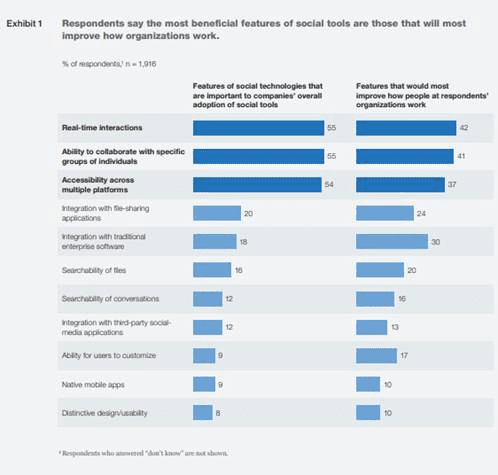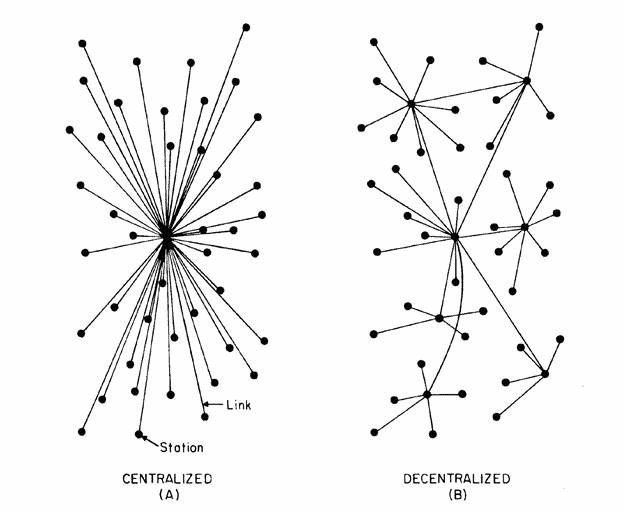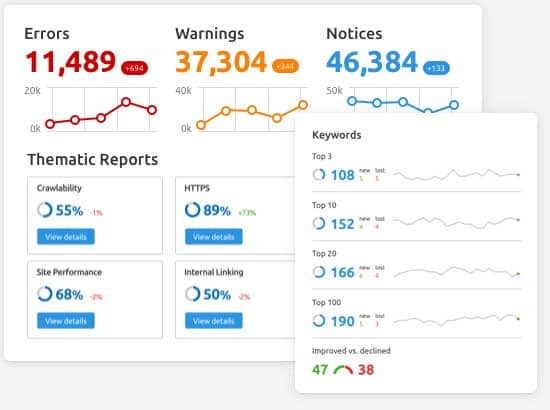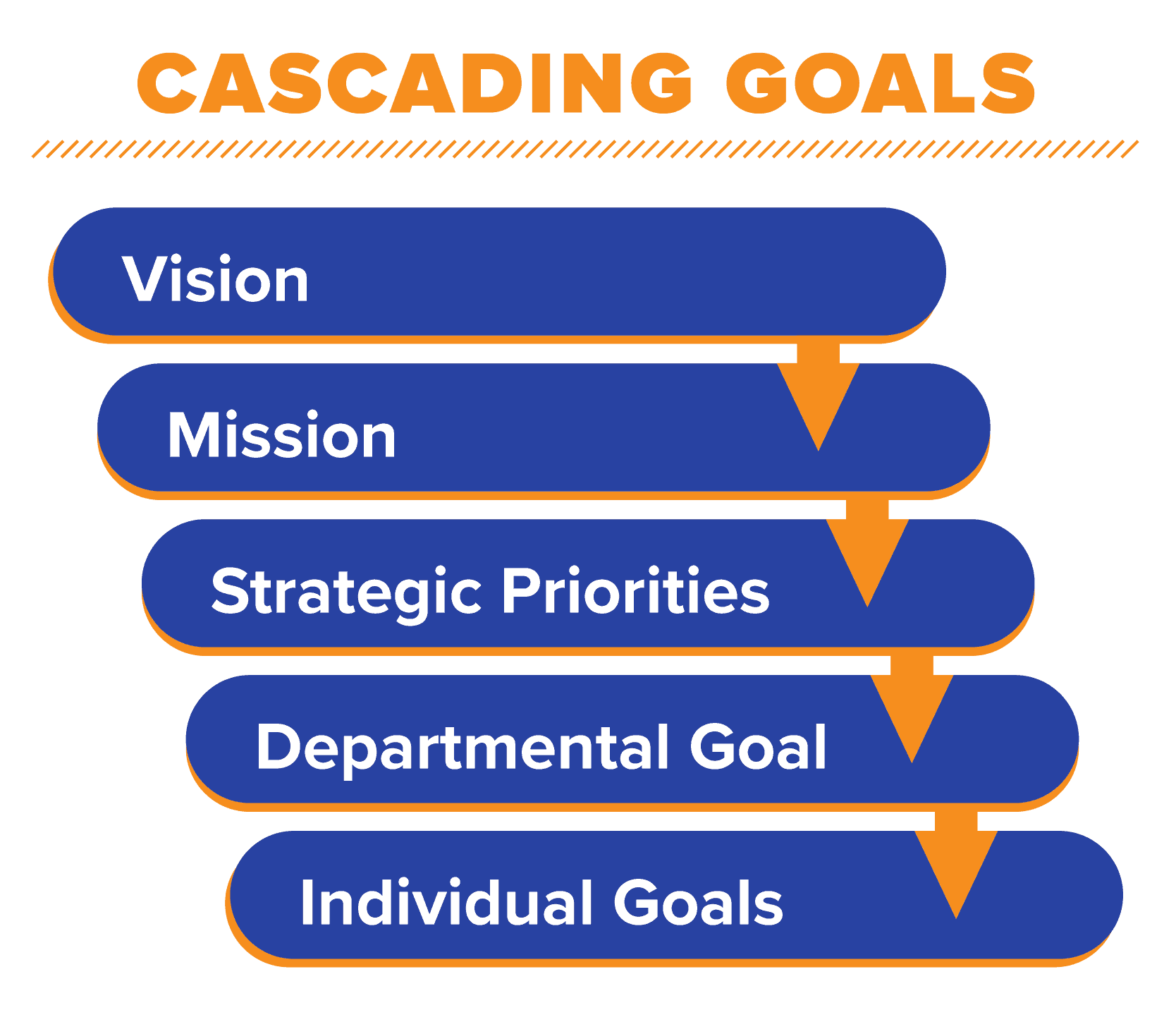When your body has an unusual ache or pain, a person generally takes themselves to a physician or chiropractor for an adjustment to a nonalignment. You may have seen videos circulating around the internet of people being twisted like pretzels to pop things into place. As oddly satisfying or gross as it may appear, the
When your body has an unusual ache or pain, a person generally takes themselves to a physician or chiropractor for an adjustment to a nonalignment. You may have seen videos circulating around the internet of people being twisted like pretzels to pop things into place.
As oddly satisfying or gross as it may appear, the concept of adjusting yourself for better flow of body functionality can be used metaphorically in the business aspect as well.
Imagine your business like a body, with all its systems working together as a central unit to ensure the body is functioning optimally. The “body” of your company should be aligned to the mission and goals of your business.
If something is wrong in the “backbone” of your company, it will negatively impact how the rest of your body functions.
Be the chiropractor of your business and if you notice there is a need for an adjustment, fix it for optimal organizational alignment.
Join us in a discussion on what organizational alignment is, how it benefits your company and ways to align your departments.
What is organizational alignment?
1. Organizational alignment, or total team alignment, means that the entire team from the interns to the CEO share a common vision and goal for the company.
2. Every individual works collaboratively to accomplish each goal while maintaining a sense of transparency and accountability across departments.
3. Last, but not least, organizational alignment is an active practice and part of a company’s core values.
Why is it important to align business departments?
The short answer? Your business’s internal workings are directly related to departmental alignment. For starters, you could have untapped revenue due to unaligned departments. The success or failure of a company has a lot to do with your internal operations.
If you do not know whether your organization is aligned or not, it is time for a health check-up on your business! Begin by asking some basic questions:
1. How do your departments interact?
2. Do your sales and marketing departments talk to each other?
3. Do they work together?
4. Does your customer service department understand your company’s vision and goals?
5. Do your employees know they are fundamental to achieving your company’s vision and goals?
 |
Company surveys and employee feedback are great ways to complete a health check on your business. There are many ways to collect data on your company’s internal processes: anonymous surveys, PDP reviews, individual meetings or round table discussions with employees. Find the one that works best for your employees and use it often to assess your company and employees. |
If the answer is “no” to any of the above, then it is time to develop an action plan for how to help your company thrive and prosper. Whether you need to make some small adjustments or some full-on overhauls to your internal processes, we offer some tips on how to approach making an action plan. Another note to consider: While, it may seem tedious or time-consuming, the benefits of company alignment far outweigh the drawbacks (e.g. a failed business).
Benefits
Overall, organizational alignment means better employee and customer experiences due to employee productivity, communication and collaboration. This translates into growth and revenue for your company. Other benefits include the following:
Improved Collaboration
Teams communicate more with each other and this leads to more collaboration and effective processes.
As of 2016, the result of a McKinsey Global Survey showed that 80 percent of business executives report the use of social collaboration tools for enhancing business and internal processes.
The graphic below shows the most beneficial features these executives felt will improve how organizations work.
Accurate 360-degree view of the customer
As you break down departmental partitions, your employees will share more data and information on customers that gives everyone a clear view of the customer from start to finish.
Improved customer experience; less confusion
Defined roles and responsibilities ensure that each team member is responsible for their part in the customer experience. There is no overlap or missed opportunities.
Faster decision making
With a centralized system for data, leadership can make strategic decisions quickly and accurately.
A centralized organization will have one individual to make decisions and provide direction for a company whereas a decentralized organization has several individuals responsible for making decisions at their own business level. A decentralized business can struggle with several individuals having different opinions in the company’s decision-making process.
Less wasted resources
Save money and increase organizational efficiency with wisely utilized resources and less overlap in efforts.
A study by the National Center on the Educational Quality of the Workforce (EQW) found that a 10% increase in educational development produced an 8.6% gain in productivity for employees.
Greater transparency and accountability
Aligned teams work together towards one shared goal. They know and understand what their role is as part of the customer experience and how they affect the people around them in the larger picture of the company. This means greater transparency, accountability and engagement.
Optimized roles and responsibilities
Finally, with an aligned team, every employee is assigned to the tasks that best fit their skills. Each person knows their role, what is expected of them and how they fit into the big picture. This improves productivity, performance, motivation, morale and adaptation to changing markets.
According to a Gallup analysis, employees who utilize their strengths every day are 8% more productive, 15% less likely to quit their jobs, and are six times more likely to be engaged at work.
Ways to align departments
You know what the benefits are, but how can you put these concepts into actionable-practice in your company? Below we list 3 ways to get your departments to team up and have greater alignment with your company’s goals.
What’s your “Why?”
It all starts with why you do what you do. Although it may be rudimentary, it is the difference between a successful company or one that fails. In his TED Talk “How Great Leaders Inspire Action”, Simon Sinek famously revealed that people don’t buy what you do, they buy why you do it. He goes on to say that the goal of business is not to get everybody to buy what you have. Sinek says, “The goal is to do business with people who believe what you believe.” That goal needs to start at the heart of your business with your employees and letting them know your “why”.
Begin your action-plan by asking these questions:
- Do you have a clear vision for your business and do your employees know what it is?
- Are they aligned with those objectives, mission and goals of your business?
- Do they have individual goals that they set for themselves in your company?
- Are you prepared to give them those opportunities to explore their own “why” and how it relates to their success in tandem with the business?
Use Systems that Work for Everyone
In an ever-advancing technological world (and even a remote work world), clear communication in everyday work life is essential. Implement software and programs that all of your departments can use, share and communicate about clients. The outcomes are:
- Everyone can see progress and goals
- Your departments will be more cohesive
Do your research on a complete solution and make an investment. In the long-run, it will save you money and wasted productivity. Some common solutions B2B companies use are:
-
CRMs (Customer Relationship Management)
The number one goal of a CRM is to gain a better understanding of customers with organized data and presentation. It helps all of your teams create better messaging, automation and efficient customer service.
-
ABM (Account-based Marketing)
This type of marketing is beneficial for bringing your sales and marketing teams together to collaborate-identifying target accounts, crafting customized campaigns and working together to move accounts through the pipeline.
-
Marketing Automation Systems
Automation systems allow you to save time on marketing collateral like email and other outreach to your customers. Your teams will thank you for the ability to build out and automate your systems. As a bonus, many marketing automation systems also track and collect analytics to help measure the success of your marketing efforts. This information is helpful to all of your teams.
Here are some examples of communication and marketing tools we use at Dream Factory.
SharpSpring is an all-in-one solution for sales and marketing automation. It offers intuitive marketing automation tools for: email, form build-out, blog creation, CRM, landing pages that convert and analytics for real-time management of the customer experience.
SEMRush is another all-in-one marketing tool for tracking the metrics and analytics of clients. Some key features include: comprehensive analytics reports, keyword research tools, SEO audits, competitive analysis, social media marketing and much more. It is a system that allows full-view of customers for every single team member – from marketing coordinators to creative teams to the CEO.
Communication
Get your team on your side by communicating constantly. In a company, employee behavior is directly related to attitudes and directives coming from the top tier. Therefore, SHARE THE PLAN. Ideally, you should have cascading goals that start from the vision of the company and trickle down into individual professional development plans that reflect that vision.
If you want your employees to be on your team, be transparent about your plan. In a job environment, employees want to do their best to help themselves succeed. They want to know what your plan has that will help them grow. If it is worth their while, they will “buy in” to your strategic plan, your vision and your goals.
Communication begins with making your plan visible and tangible to everyone. Then, once you have a plan, stick to it and reinforce it. Some ways you can do this are to work together often. Here are some top suggestions for creating opportunities for constant communication and community in your business:
Delegate leadership and ownership
According to the Harvard Business Review, the number one trait that aligns with strong strategy execution is: Everyone has a good idea of the decisions and actions for which he or she is responsible.”
Create an open environment
Gone are the days of cubicles with walls between individual employees. Companies are swapping offices out for open spaces with collaborative work tables or large round table discussions. Whatever works for your company, find it and implement it to create a space where your employees can interact openly.
Establish weekly or monthly meetings to discuss and brainstorm
Information that flows freely across organizational boundaries improves strategy execution. We discussed tools that help your team share information previously. Ensure that your teams are using that information to have brainstorming sessions on how to improve the customer experience or build out campaigns, etc.
Turn Company Conversations into Conversions
As people seek out companies with strong community and a positive working environment, it is crucial to break down barriers to communication and growth. Here is a formula to remember:
happier employees = more productive environment = growth of your organization
Instead of job turnover and wasted resources, help your team grow with a clear “why statement” that cascades to all levels of your company; give opportunities for constant communication; and use technology that increases collaboration and data exchange.
Ultimately, these actions will turn company conversations into conversions for your business and a greater revenue flow.
Building your team and automating your marketing strategy all start with a conversation.



















